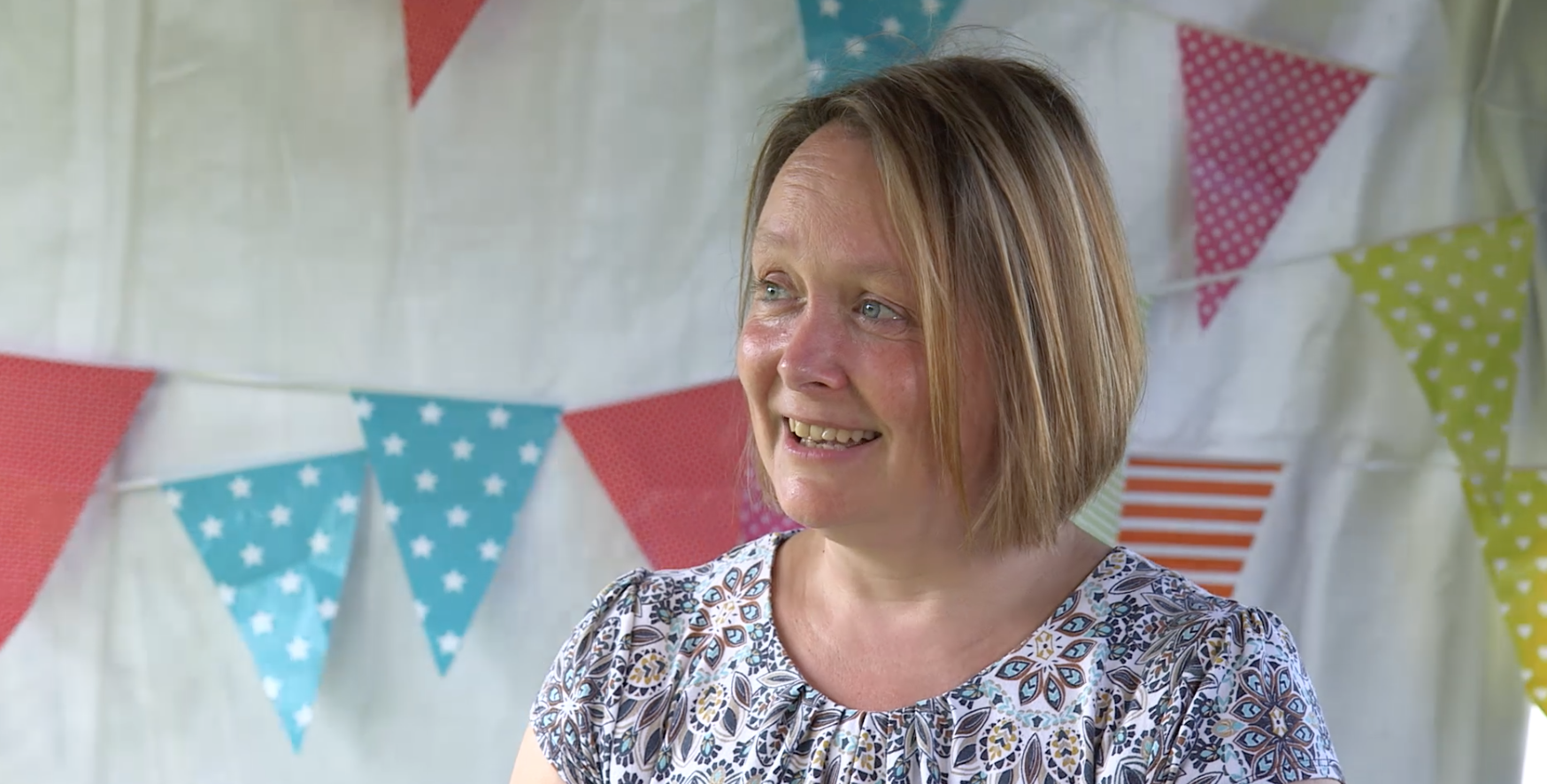Cotswolds village residents shocked after DNA tests show they are less than 50% British
Not one resident’s DNA was 100 per cent Anglo Saxon
Your support helps us to tell the story
From reproductive rights to climate change to Big Tech, The Independent is on the ground when the story is developing. Whether it's investigating the financials of Elon Musk's pro-Trump PAC or producing our latest documentary, 'The A Word', which shines a light on the American women fighting for reproductive rights, we know how important it is to parse out the facts from the messaging.
At such a critical moment in US history, we need reporters on the ground. Your donation allows us to keep sending journalists to speak to both sides of the story.
The Independent is trusted by Americans across the entire political spectrum. And unlike many other quality news outlets, we choose not to lock Americans out of our reporting and analysis with paywalls. We believe quality journalism should be available to everyone, paid for by those who can afford it.
Your support makes all the difference.Villagers in the Cotswolds have expressed their shock after DNA tests revealed they were collectively less than 50 per cent British, despite the majority of them believing they had no foreign blood.
A project that tested the DNA of nearly 120 residents in Bledington, Gloucestershire, found that despite the majority of residents – 56 per cent – thinking they wouldn’t see any results other than Great British, the village had genetic heritage spanning 18 separate global locations.
The test, which marks the first and largest project of its kind to test the DNA of a community of people in one concentrated area, found just 43 per cent of the DNA was Anglo Saxon, with not one participant’s DNA being 100 per cent British.
Twenty-one per cent of the DNA was western European, while 17 per cent was Irish, Scottish or Welsh and 11 per cent Scandinavian – with the remaining 8 per cent from 14 other global regions.
Village resident Kristen Turner, a 48-year-old marketing manager, was intrigued to learn that her DNA was 7 per cent South Asian.
Speaking about the findings, Ms Turner said: “It’s rather exciting to think I have something in common with people in Asia and India and it does make the world feel like a smaller place.
“I’m quite excited to be able to find out where that comes from in my ancestry and perhaps try to find out where they originated from, what their story was and how it joined my line.

“I love to travel and would like to pinpoint the exact part of South Asia my ancestors came from so I could make a point of going to visit.”
Another villager said: “I’ve never been called exotic before now,” while one woman was heard saying: “Don't tell Nigel Farage!”
The AncestryDNA test surveys a person’s entire genome at over 700,000 locations using a saliva sample. Analysis of the DNA data provides an estimate of the locations of ancestors from 26 separate worldwide regions.
Commenting on the experiment, Russell James, of AncestryDNA, said the results showed that the village’s “typical England look and feel” was deceiving.
“Despite the majority of residents assuming they were British through and through, this fascinating process uncovered some incredibly diverse heritage and allowed us to take a broader look at the genetic history of the village as a whole,” Mr James said.
“It seems that Bledington’s picturesque and arguably ‘typical England’ look and feel is deceiving as, on average, less than half of the villagers’ DNA was identified as Great British.
“And importantly, the experiment succeeded in bringing a tight-knit community even closer – showing that DNA testing not only better informs your past but can also shape your future by allowing you to discover new relationships with family members you never even knew existed.”

Join our commenting forum
Join thought-provoking conversations, follow other Independent readers and see their replies
Comments